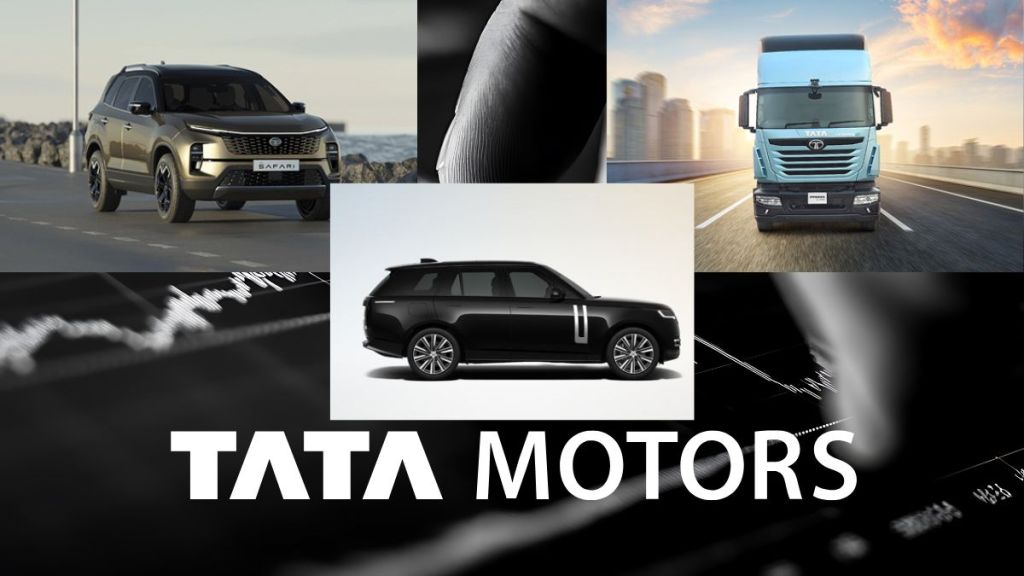Tata Motors has strengthened its lead in the sub-4 metre compact SUV space, with Nexon and Punch maintaining a consistent sales advantage over four rival models from Hyundai and Kia. The first half-yearly data from the Society of Indian Automobile Manufacturers (Siam) shows how this dominance has now become a steady pattern rather than a temporary surge.
In H1FY26, Tata Motors recorded combined sales of 163,012 units for Nexon and Punch. In comparison, the Hyundai-Kia group registered 137,740 units from four models in the same category. Hyundai’s Venue and Exter accounted for 82,945 units, while Kia contributed 54,795 units through Sonet and the newer Syros.
Nexon remains a strong pillar in Tata Motors’ SUV line-up. It continues to be one of the highest-selling cars in the country and was the top-selling model in September with 22,573 units. Meanwhile, Punch has added further momentum to Tata Motors’ performance in the market. It was the largest selling car in 2024, with 202,031 units sold, highlighting the sustained demand for compact crossovers that offer a blend of practicality, presence and price accessibility.This leadership stretches beyond the current financial year. In FY25, Tata Motors sold 359,654 compact SUVs, ahead of theHyundai-Kia total of 312,316 units.
A similar trend was visible in FY24 (Tata’s 341,773 versus the Korean group’s 281,580) and in FY23 (305,957 versus 214,749). The only recent disruptions to Tata Motors’ dominance were in FY22 and FY21, when Hyundai-Kia had higher volumes in this segment, particularly due to the Venue and Sonet’s early strength and Tata Motors’ portfolio then being comparatively narrower.
According to analysts, the introduction of Punch in October 2021 has been central to the shift. Its monthly average of around 14,400 units over the past three years reflects its sustained acceptance across regions and customer profiles. It has also benefitted from riding alongside Nexon, which has been selling at about 14,200 units per month. For buyers seeking an SUV with an upright stance, ground clearance and accessible pricing, these two models have offered a balanced value proposition.
Industry analysts point to three factors that have shaped Tata Motors’ advantage. First, the focus on safety has played a clear role. Nexon was the country’s first 5-star Global NCAP-rated indigenous car, and the company has built a reputation around stronger safety credentials at a time when consumers are showing greater concern about structural integrity and crash performance. Second, the availability of multiple powertrain choices has broadened the addressable customer base. Nexon, sold in petrol, diesel, CNG and electric forms, offers one of the widest ranges in any model line in the country.
Electric versions of both Nexon and Punch have also allowed Tata Motors to develop early leadership in the growing EV market. Hyundai and Kia have continued to compete with feature-rich offerings, but some products have seen mixed traction.
Exter, introduced in July 2023, has averaged about 6,700 units per month. Sonet has stayed steady at around 7,800 units a month, while Venue has averaged close to 10,000 units.
However, this pace has not been enough to match the sustained demand that Nexon and Punch continue to generate. Syros, launched in February this year, initially showed promise with early monthly sales of over 5,000 units. But after a price hike in May, its numbers dropped sharply, settling at under 1,000 units per month between June and September.
Hyundai launched the new Venue this week and its performance will be closely watched. Yet, given the entrenched position of Nexon and Punch, reversing the current hierarchy in the short term may be challenging.
